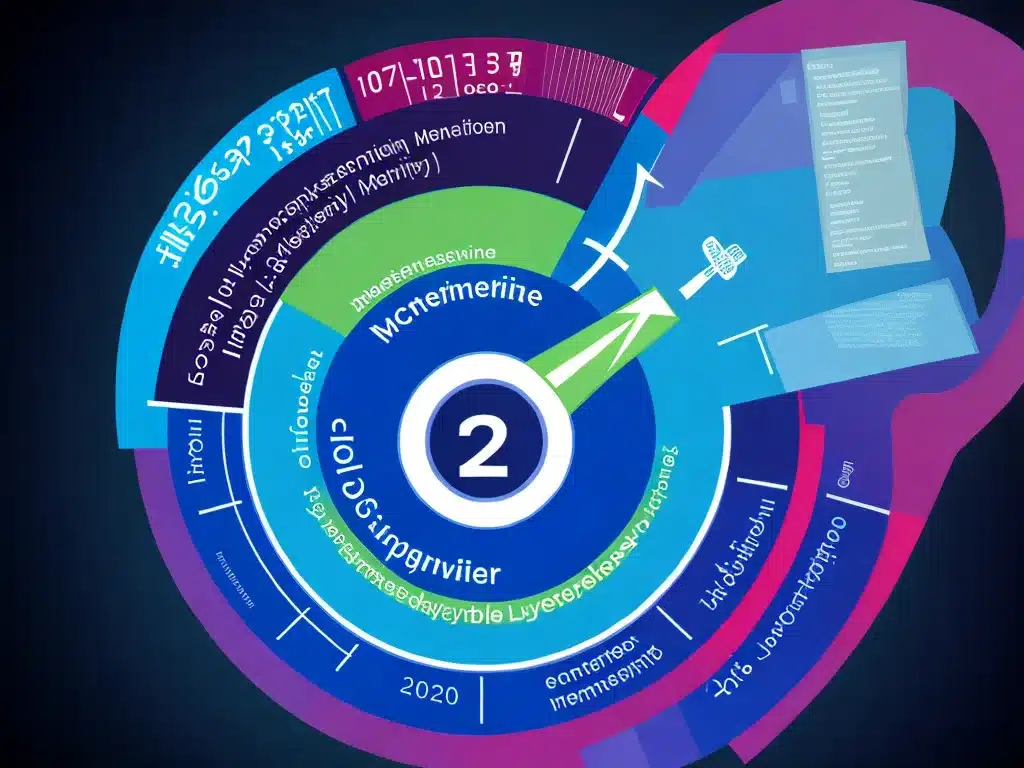
Data Lifecycle Management Best Practices for 2024
Introduction
Data lifecycle management (DLM) is the practice of managing data throughout its useful life. As data grows exponentially, organizations must implement robust DLM practices to harness the value of data while minimizing risk. In this article, I outline key DLM best practices that organizations should adopt in 2024 to optimize data usage, compliance, and storage costs.
Define Data Value and Requirements
The first step is to classify data based on its value and business requirements. This allows you to define appropriate policies for each dataset.
-
High-value data – Critical for daily operations and subject to strict compliance. Requires rapid access, high availability, and enhanced security.
-
General-purpose data – Important for business insights but less urgent access needs. Moderate backup and availability requirements.
-
Low-value data – Non-critical, used infrequently. Can tolerate slower restores and minimal security.
Document these classifications and get stakeholder sign-off. Review classifications annually to account for evolving business needs.
Implement Data Lifecycle Stages
The data lifecycle comprises stages from creation to deletion. Define policies and controls for each stage:
Create and Store
-
Standardize data ingestion – Structure and format data consistently during creation. Document standards for data contributors.
-
Add metadata – Metadata like owners, timestamps, and classifications aids discoverability and compliance. Automate metadata creation where possible.
-
Choose optimal primary storage – Store high-value data on highest performing infrastructure like all-flash storage. Low-value data can go on lower-cost object or tape storage.
Use and Share
-
Data governance – Establish data stewards to ensure adherence to policy and security controls as data is used.
-
Provision user access – Leverage role-based access controls and data masking to grant access while preventing excessive exposure.
-
Track usage – Implement auditing to record who accessed data and what actions were performed.
Maintain and Protect
-
Back up data – Define backup schedules and retention aligned to data criticality. Test restores regularly.
-
Apply data quality checks – Validate accuracy and completeness of data, highlighting anomalies.
-
Migrate data – Move inactive data to cheaper storage tiers and eventually offload to archives.
-
Secure data – Encrypt data at rest and in transit. Isolate sensitive data in hardened environments.
Archive and Delete
-
Define retention schedules – Specify how long data should persist based on legal, compliance and business needs.
-
Identify data ready for archival – Scan for unused data that can move into offline archives.
-
Erase data securely – When deleting data, sanitize storage media to prevent recovery. Maintain audit trails.
Automate With Data Management Platforms
Manually implementing DLM is labor-intensive and error-prone. A unified data management platform provides automation across the lifecycle:
- Automatically moves data between storage tiers based on activity and policy
- Allows discovery across diverse data silos
- Provides dashboards for usage analytics
- Enables role-based access controls and detailed auditing
- Secures and isolates sensitive data
Top platforms include Cohesity, Rubrik, and Veritas. Choose one that aligns with your environment and scalability requirements.
Maintain Stakeholder Buy-In
DLM success requires company-wide endorsement. Foster an open dialogue with stakeholders:
-
Educate on DLM objectives and benefits. Create explanatory guides.
-
Incentivize groups to properly classify and document owned data.
-
Listen to concerns and needs. Adjust policies based on feedback.
-
Report on DLM progress with metrics like storage savings and policy compliance. Demonstrate wins.
Proper change management secures staff commitment as data management evolves.
Conclusion
With data volumes mushrooming, organizations must take control via structured data lifecycle management. A policy-driven approach spanning data’s useful existence enables efficiency, security and savings. Leverage technology like data management platforms to execute DLM at scale. Partner with stakeholders to ensure changes are understood and embraced. Mature DLM practices will become critical for organizational success by 2024.












